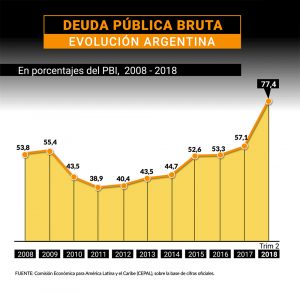Extinguishing history
About 200 B.C., Ctesibius of Alexandria, invented a hand pump capable of delivering water on a fire. He pulled the plunger tip and dipped it in water until it was completely sucked. Then the plunger is pushed to eject the water jet was targeted where there were fire.
The first fire extinguisher in the world, created by George William Manby in 1818, consisted of four metal cylinders which three of them were filled with water halfway and introduced into the room air.
Carbon tetrachloride was among the first chemical compounds used in 1908 in portable fire extinguishers. Subsequently, it was discovered that the vapors were toxic and that when applied to the fire, could produce more toxic hydrochloric acid and phosgene yet.
In 1917 came the first foam extinguisher. Their use gradually extended over the years, until in the 50s powder extinguishers achieved wide acceptance.
Extinguishers water-activated cartridge (type of investment), were introduced in the late 1920s; In 1959 appeared extinguishers water pressure accumulators.
In 1969 the United States stopped making investment extinguishers, as testing laboratories stopped approving them.
After the 2nd World War, the Chlorobromomethane (less toxic tetrachloride) was introduced and began vaporizers liquid used the term to designate this type extinguishers. In the early 1950s, various federal agencies banned these types of fire extinguishers be poisonous, and the mid-60s, many states, cities and industrial firms followed suit. Although the extinguishing capacity of sodium bicarbonate was known at the end of the first decade of the nineteenth century, it was not until 1928 that an effective extinguisher, activated cartridges, based on chemical powder was developed.
The investigations led to the appearance in 1943 of a finely granulated and in 1947 improved agent, other even more effective.
As the use of flammable liquids grew, agents were more effective powders. In 1959 an agent based on potassium bicarbonate twice more effective than ordinary sodium bicarbonate was introduced.
In 1961 a new type of agent, called «multipurpose chemical powder» was introduced. He had the double advantage of being 50% more effective on flammable liquid fires and electrical appliances and being also capable of extinguishing fires in ordinary combustible. In 1968 an agent based on potassium chloride was introduced. It was 80% more effective than ordinary chemical, but more corrosive and hygroscopic than potassium bicarbonate. In 1967 he developed in Europe (in the United States was introduced in 1970), an agent based on potassium bicarbonate and urea. His ERA was two and half times higher than the ordinary chemical powder.
Combustible metals (magnesium, sodium, lithium, etc.) prompted the need for a special agent for extinguishing fires of such metals. The term «special powder» was chosen especially to indicate the ability of the agent for use in Class D fires (combustible metals); the term «chemical powder» was reserved for effective agents in ABC or BC fires of classes.
The fire has been one of the most important and decisive in the history of human elements. Its use and use has brought a lot of benefits but also involves some risks. The fire throughout history has destroyed entire cities, Rome or London is good examples. It is for this reason that parallel learning the use of fire have also learned how to turn it off.
The mechanism of an anti fire extinguisher has not changed to this day; the principle remains the same. Most fire extinguishers have a pressure gauge to know when to recharge because if the pressure is too low the fire extinguisher may not work.
Extinguishers must be reviewed from time to time but I have not been used and hence the importance of maintaining protection system.






